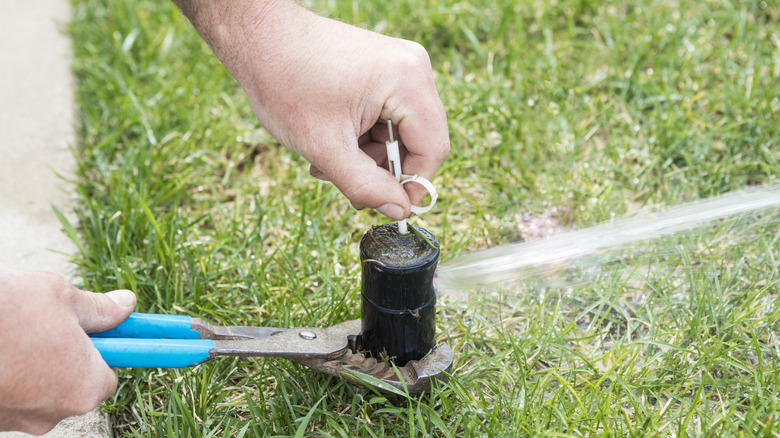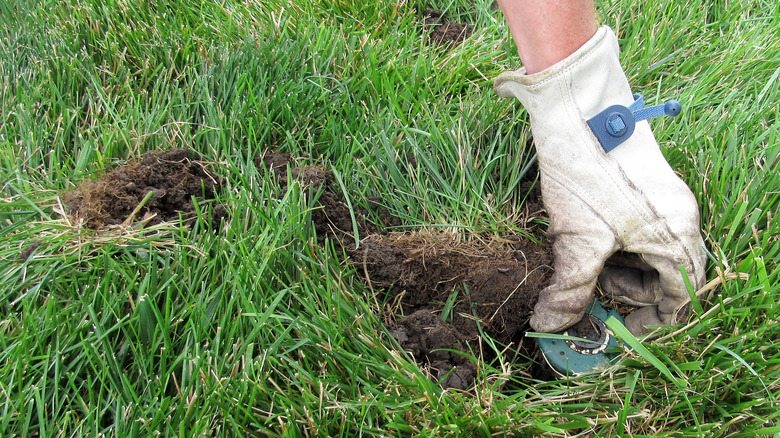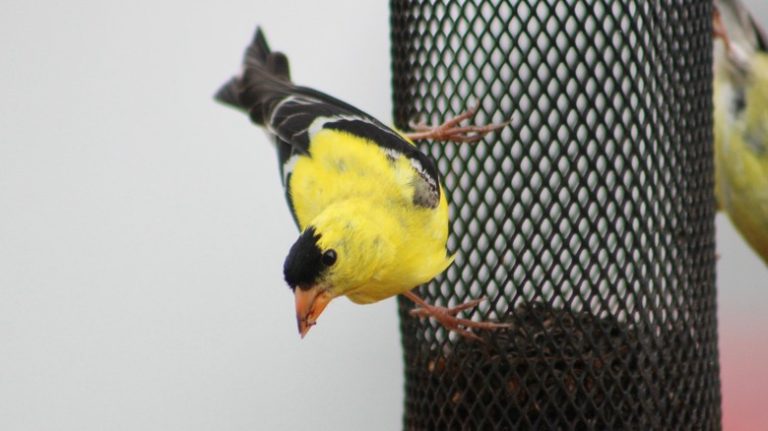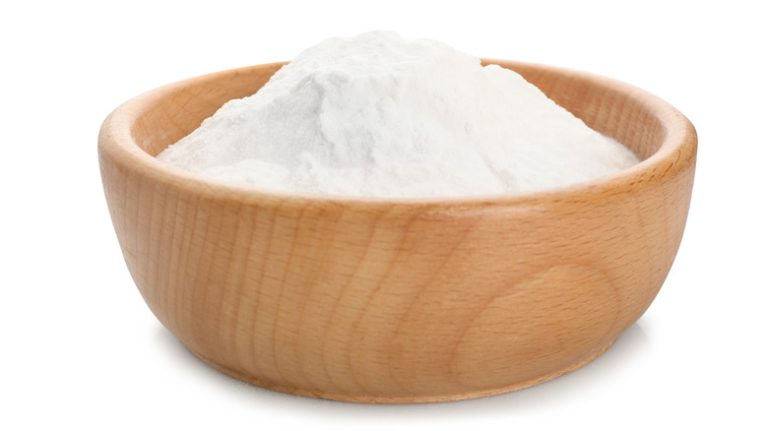We may receive a commission on purchases made from links.
Water waste isn’t just bad for the environment; it’s also detrimental to your household budget. A lawn irrigation system might save you time, but if it’s not set up correctly, all that time saved could be literally going down the drain. Reducing residential run-off is an easy way to correct this mistake. If you want to make the most of your system, ensure your sprinklers deposit water on your lawn rather than nearby hard surfaces like driveways or patios. Check, too, for puddles. They indicate a sprinkler is malfunctioning.
Take a leaf from the permaculturist’s handbook and observe your landscape while the irrigation system is on. Walk around your lawn and note where the water hits. Jot down anywhere water is going where it’s not supposed to. Make a list or sketch a rough illustration on paper. Then, look closely at each irrigation system component and tweak it. This could mean cleaning your lawn sprinkler heads, moving or redirecting sprinklers, adjusting the path of a soaker hose, or even removing an entire section of the system.
Make adjustments to reduce run-off

Sometimes, overwatering in an area with poor drainage can cause run-off. These areas need less water. Other times, your sprinklers are simply pointing in the wrong direction. The fix is the same in both cases. You can either remove sprinkler heads or hoses in the area, physically turn them to face your lawn rather than the road or pavement, or adjust the arc angle if you have adjustable arc sprinkler heads.
To adjust the arc angles, use a screwdriver to turn the screw in the nozzle of the head to open or close it. Closed equals a tighter arc angle, and open equals a more expansive arc. If your system has fixed sprinkler heads, you’ll need to purchase new heads with an arc suitable for the space. Test the system each time you make an adjustment; getting it right can take some trial and error, so be patient.
Controlling lawn water wastage extends beyond adjusting your existing irrigation system. Regular irrigation system maintenance is essential to keep your lawn green. Audit your system at least every spring. This involves running the system and checking for leaks, clogs, and broken sprinklers. These issues can all affect where the water lands in (or outside of) your yard. Test the efficiency and uniformity of the system by placing empty metal cans at regular intervals under your sprinklers and measuring the volume of water collected in them over 30 minutes to 1 hour. You’ll see which areas might be getting overwatered this way.
You might need an irrigation system overhaul

Sometimes, simple tweaks or regular maintenance won’t be enough to fix your run-off issues. You may have to reassess your irrigation needs and revamp your entire system. When you first installed your sprinklers, you might have bought what was cheap or readily available. But this doesn’t take into account your specific lawn conditions. For example, if you live in a particularly windy location, gusts will whip water from an above-ground sprinkler system away before it even reaches the surface.
Change one section at a time when installing a new one. Test that the section is working as it should, and move on to the next area once you’re satisfied. This Orbit underground automatic sprinkler system from Lowe’s gives you everything you need to set up a system covering 35 feet for just $224.22. If you’re looking for something easy to install, this timed watering system from Rain Bird covers a medium lawn (up to 3,000 square feet). You clip the hose into each sprinkler and push the components into the ground.
Consult with an irrigation specialist in your area if you can’t seem to get the design right or if you have an odd-shaped lawn and need a bespoke solution. They can recommend systems, componentry, and designs best suited to the local soil and climatic conditions.



